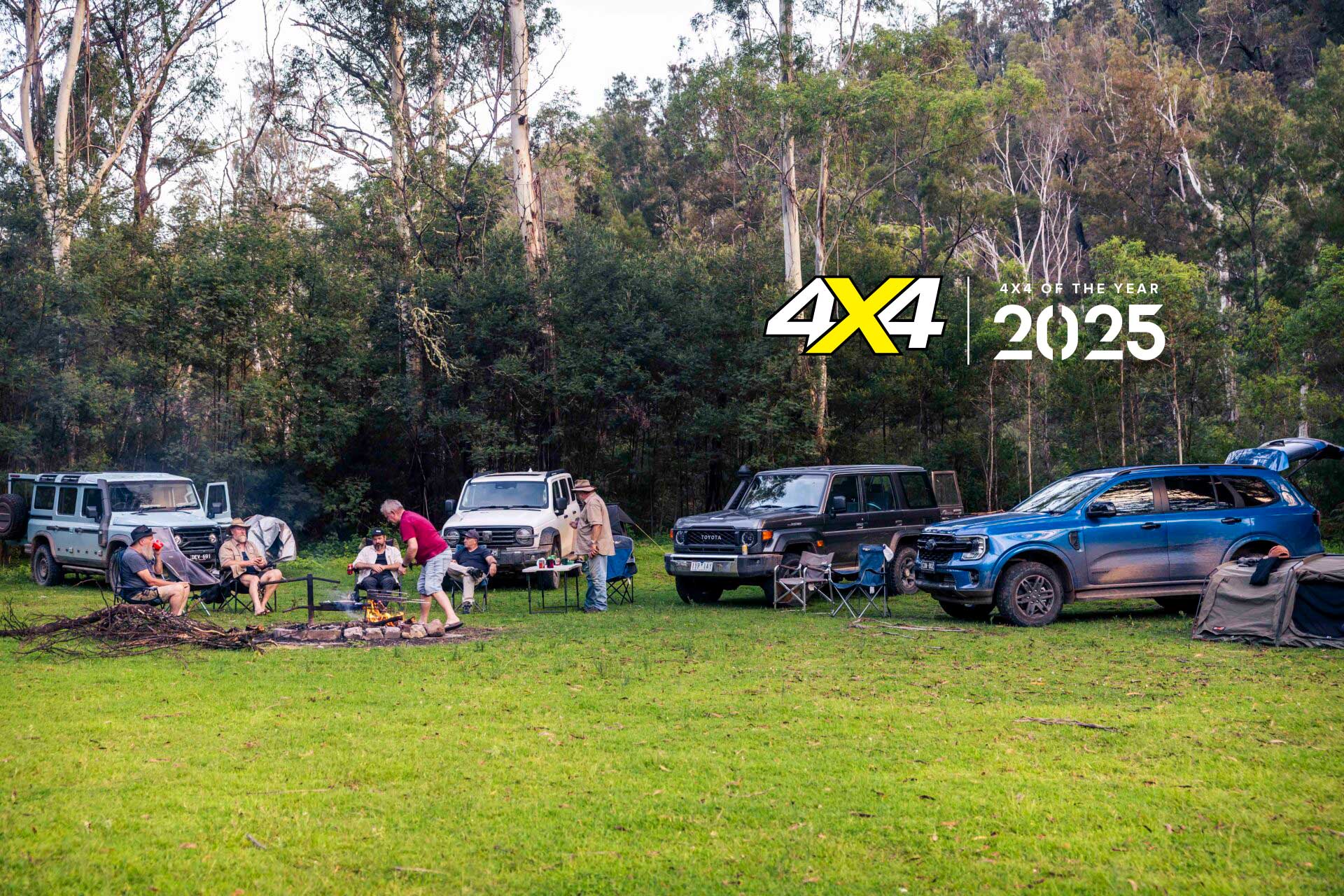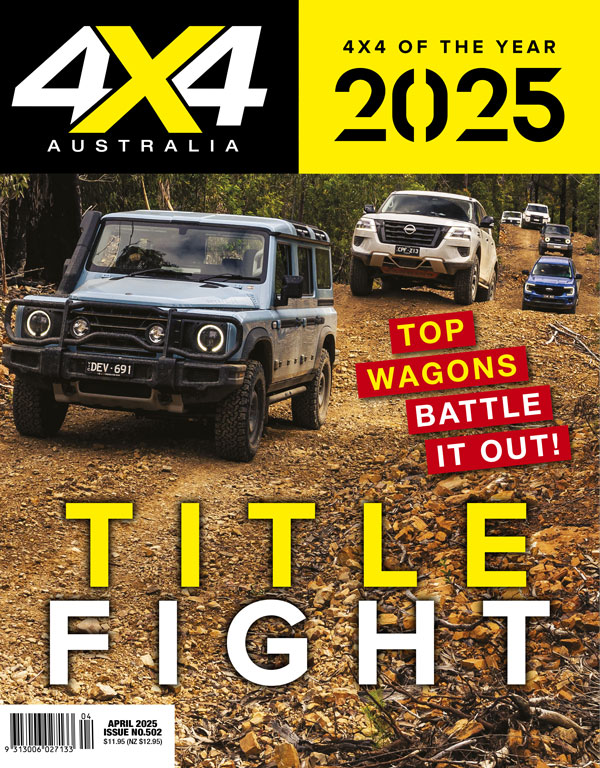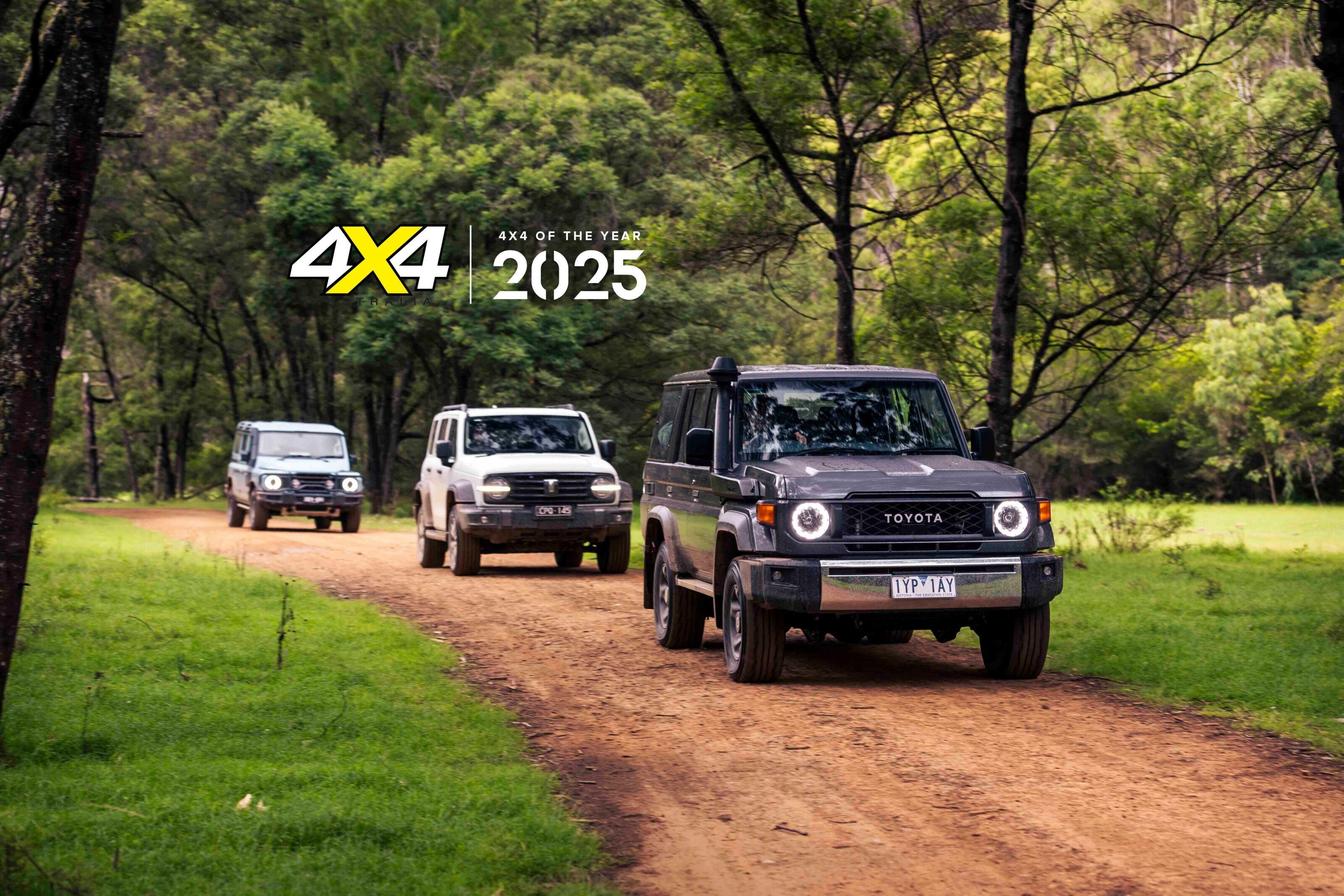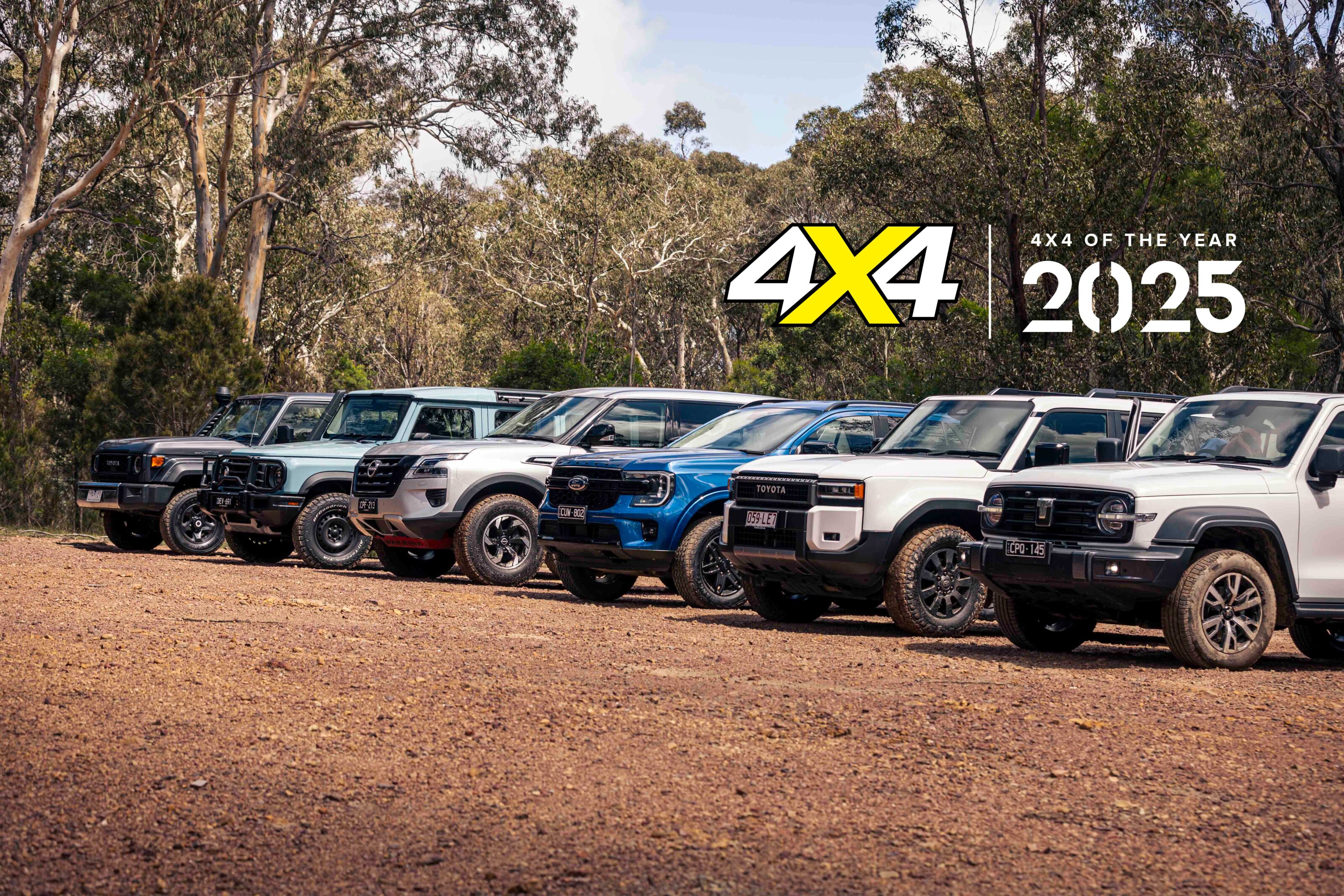Our testing was never going to be on a racetrack or in shopping centre carparks. To test the contenders, we go touring just like our readers do; on and off road, sealed and gravel roads, high and low range driving, up hill and down dale.
Wanting to use some set tracks and obstacles, we started our testing at the Great Divide Tours (GDT) off-road training ground near Braidwood in NSW. GDT has been conducting 4×4 tagalongs and driver training for more than 30 years and its facility at Braidwood is specifically designed for four-wheel drivers ranging from complete amateurs to experienced drivers.
For us, the GDT facility provides tracks designed to test the tractive ability of a vehicle and we are able to repeatedly run each of our contenders over the same sections to see how they perform and compare. This is something that is very hard to replicate ‘in the wild’ on bush tracks, so having this access to the GDT facility is most valuable.
The wombat holes track sees vehicle wheels drop into deep holes across diagonally opposing wheels. The track is over a mild incline and gives a great indication of how well a vehicle’s tractive systems perform, including electronic traction control and locking diffs where fitted. It also gives us an idea of any clearance issues that a vehicle might have on uneven ground.
The hill climbs at GDT similarly put the tractive ability of a vehicle to the test with uneven and loose surfaces on hills of various lengths, gradients and conditions. Significantly, there are hills here that not all of the test vehicles will conquer using a specific line so it allows us to experience the ability of the vehicles time after time on the same challenging track.

From the Great Divide Tours facility, we set off for some 4×4 touring just like owners of these vehicles would do. The roads south of Braidwood gave us the chance to experience the vehicles on sealed and unsealed roads at both high and low speeds. As we headed into the forest and the roads turned to gravel, the bends got tighter and twistier, giving the vehicles a chance to display their dynamics, visibility and control.
On arrival at our camp at Dry Crossing, a walk of the river revealed the water level to be around 650mm to 700mm, so chatter in camp revolved around if we could get these showroom stock 4x4s across the river the following day, bearing in mind the rated fording levels for each of them.
A walk across the river the next morning showed that the water level had dropped overnight so the call was made to make the crossing. It was still heart in the mouth stuff as the water was as deep as you’d want to risk it with standard vehicles. Thankfully they all made it across without drama.
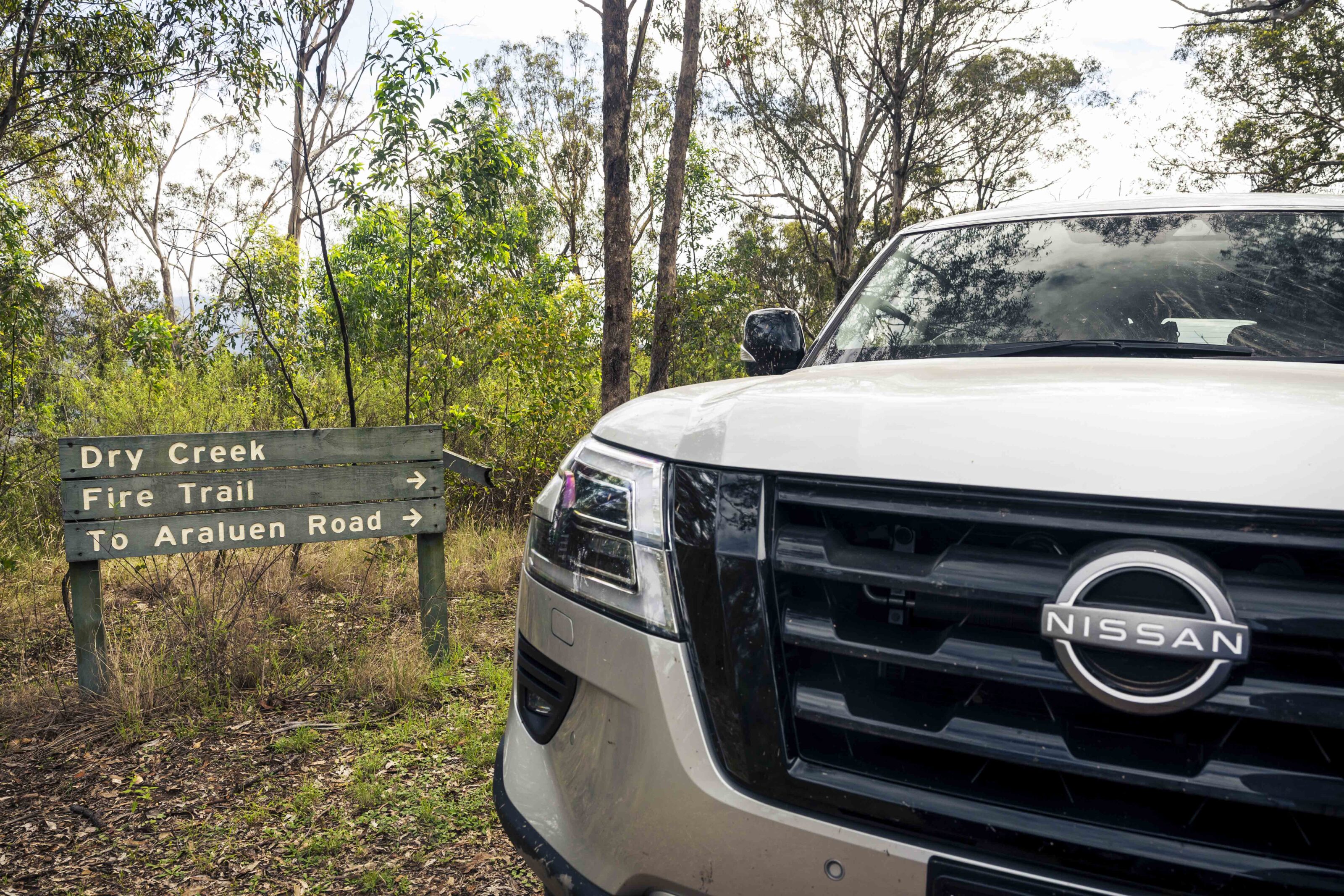
The crossing dropped us on to the Merricumbene Fire Trail. This track across the Great Dividing Range covers close to 140km of steep climbs and descents in a classic High Country environment to the stunning Bendethera Valley. The view and flora change constantly as the altitude varies crossing the mountains and ridges, making this a remarkable 4×4 trek.
The variety of road surfaces and conditions also changes dramatically, again testing the tractive abilities of the vehicles and also the way they ride and handle on these classic bush tracks. The drivers swapped through the vehicles every hour or so allowing each to get a good feel for the six contenders.
The vehicles handled most of the tracks with relative ease until one particular climb had us rethinking our route. The convoy was travelling behind the tucker truck (a Y62 Patrol) and we watched on as it climbed a steep hill as light rain started to fall. Right at the highpoint of the climb the back of the heavily laden Nissan skipped sideways, but a heavy right boot ensured the Patrol just made it over the lip.
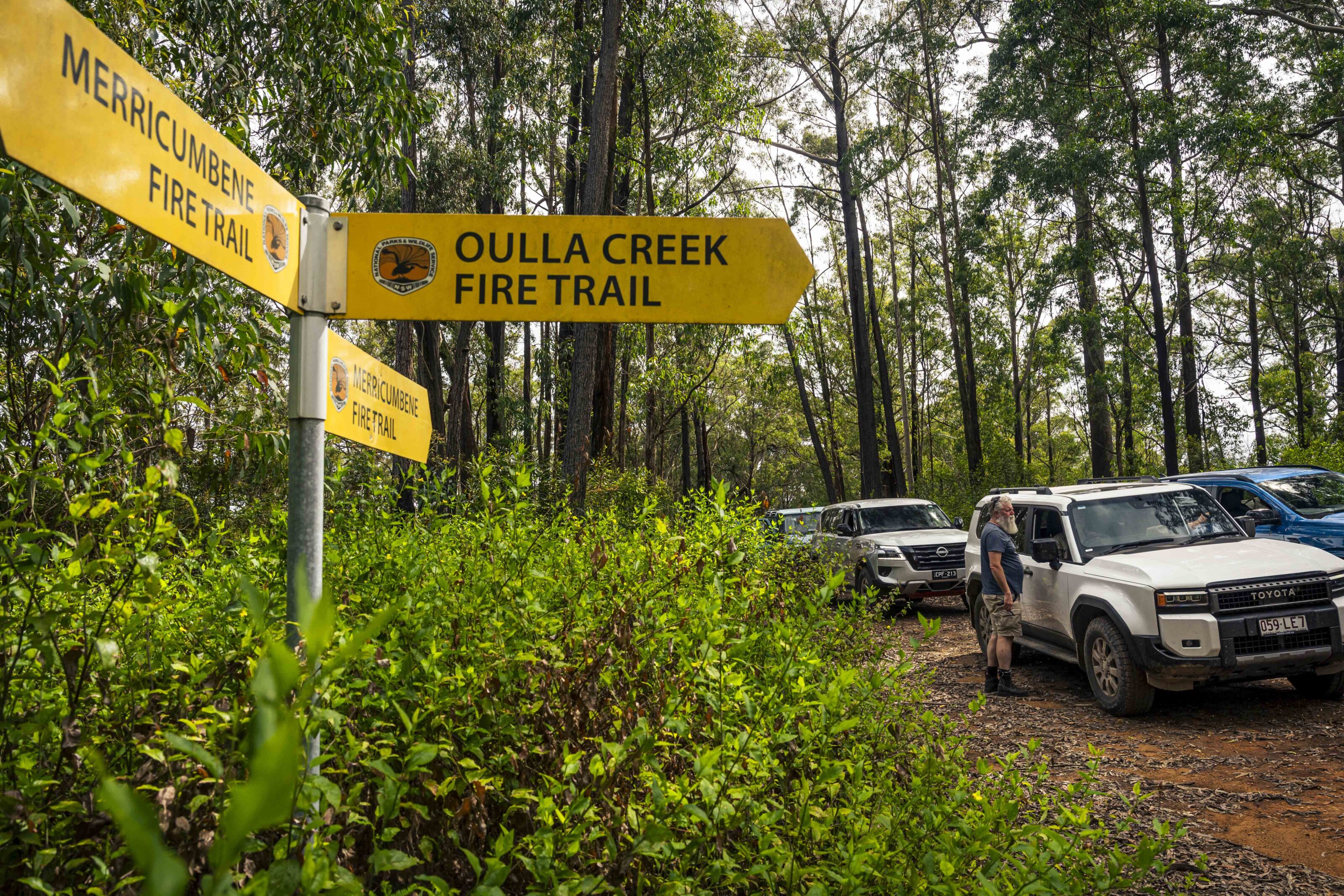
Following in the LC76 with the lockers engaged I took the same line but when the back jumped out the standard tyres clogged with mud and lost traction. This required a slow and careful reverse back to the base where I dropped more air out of the tyres and directed the other drivers still there to do the same, as the track was getting wetter and slipperier.
With lowered pressures and taking a different line the Cruiser crested the hill and was followed by the others; all but one vehicle making it. The Tank required a snatch-pull to get over the crest after several attempts.
The rain held off as the trail continued to climb and drop before finally descending into Bendethera Valley where we camped for the night, with discussions around the campfire focused on how the vehicles were performing in the steep and slippery terrain.
From Bendetherawe had a climb back out of the valley to the west before airing-up for the road drive to Cooma and our final destination.
We recommend
-
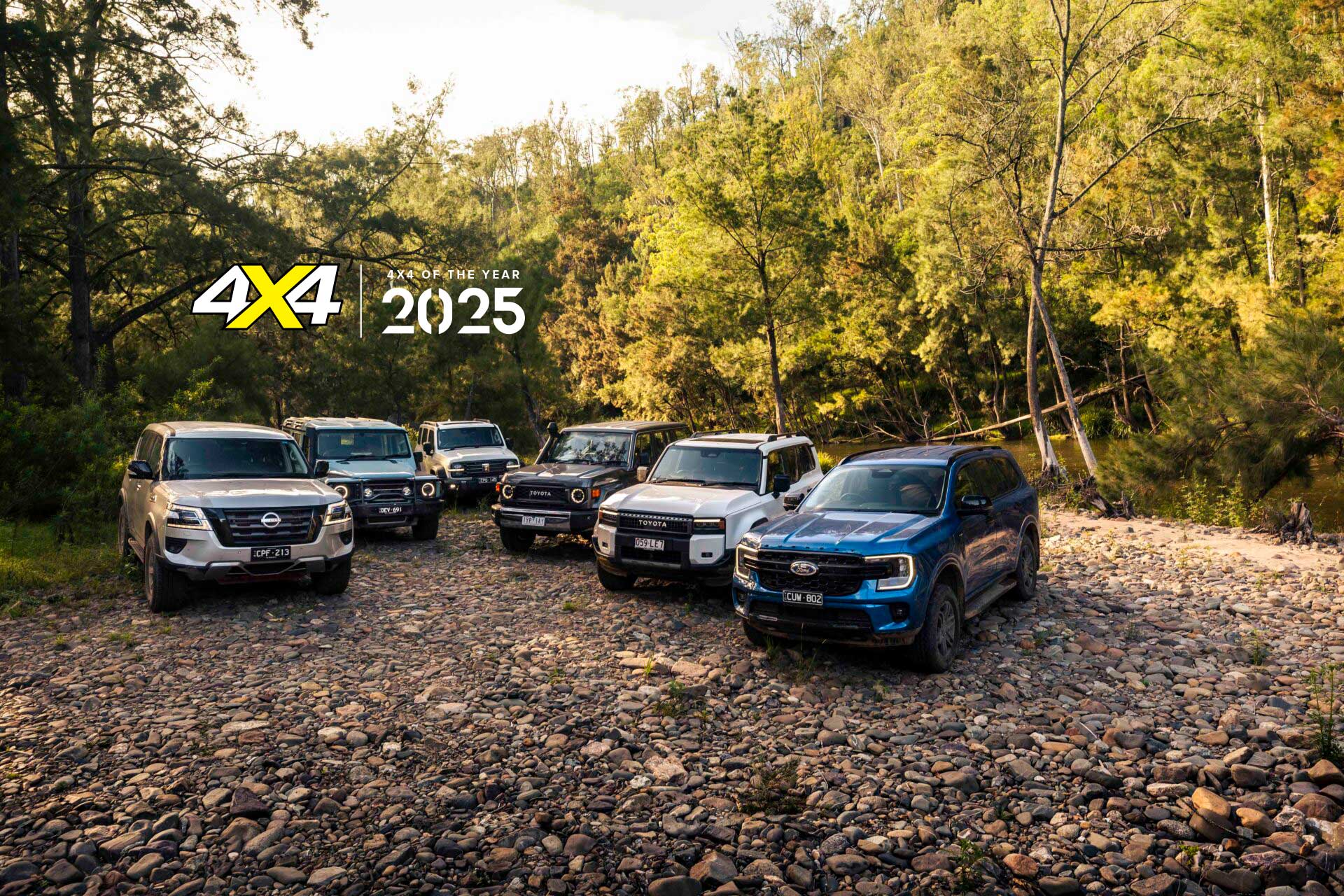 4x4OTY
4x4OTY4x4 of the Year IS BACK in 2025!
Six wagons are locked and loaded, ready to fight for the title!
-
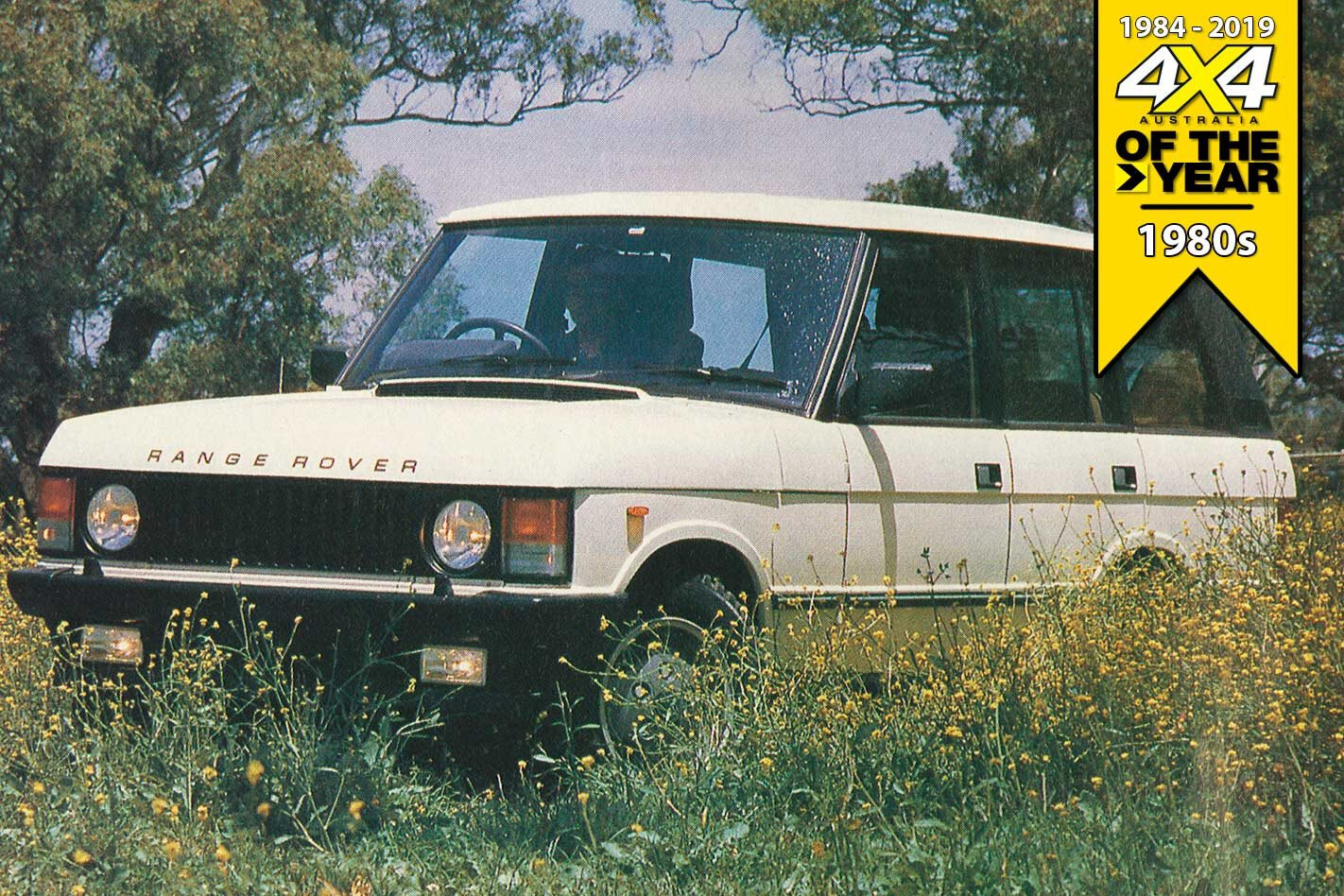 4x4OTY
4x4OTYPast 4x4OTY winners: 1980s
As we prepare to announce the 2019 4x4OTY, we step back into the past to see how it all began in the 1980s.
-
 4x4OTY
4x4OTYPast 4x4OTY winners: 1990s
The ’90s saw changes to the award and a return to form for a perennial winner.
-
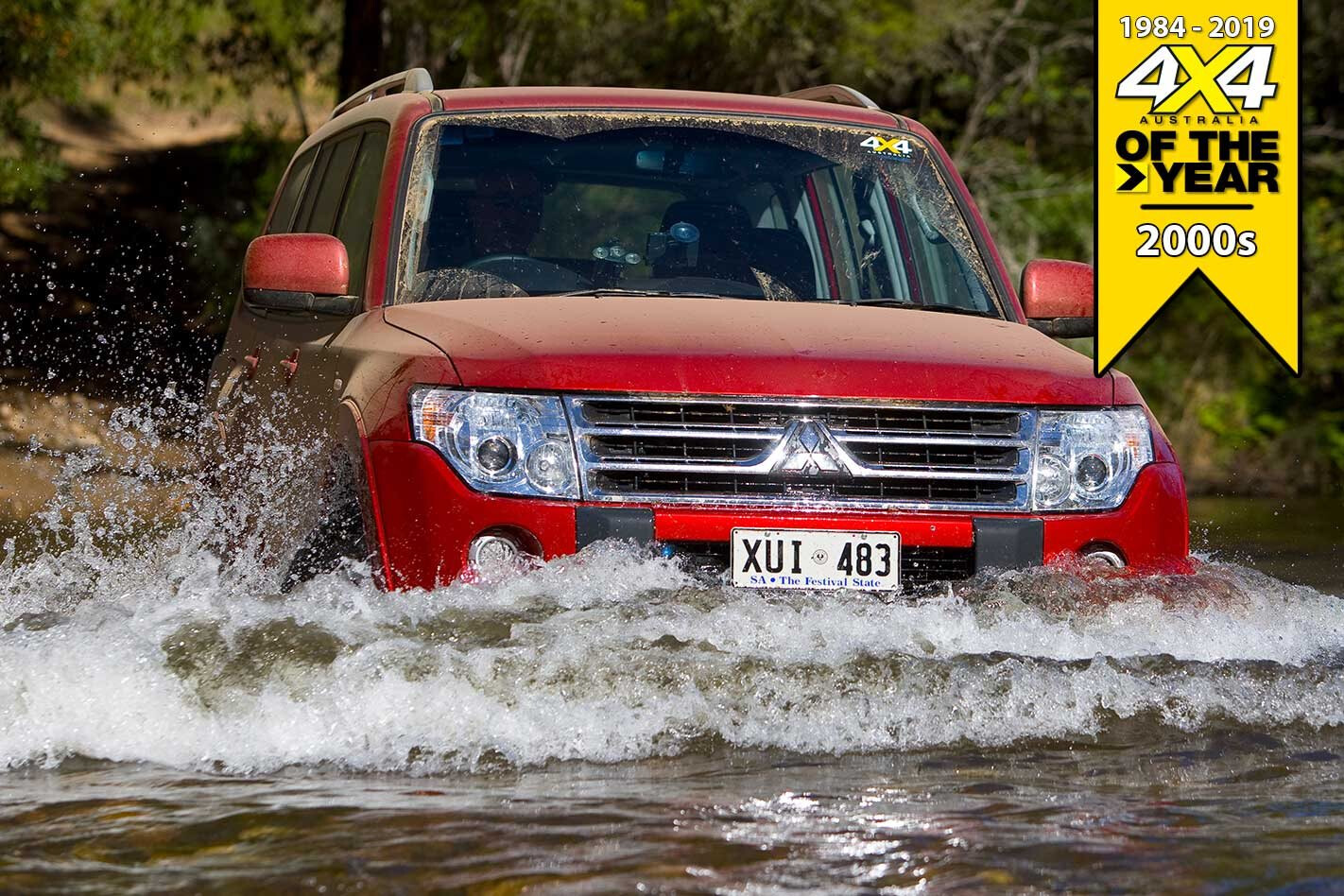 4x4OTY
4x4OTYPast 4x4OTY winners: 2000-2009
At the turn of the century the 4x4 industry was evolving at a rapid rate. Here are the best 4x4s of the naughties.
-
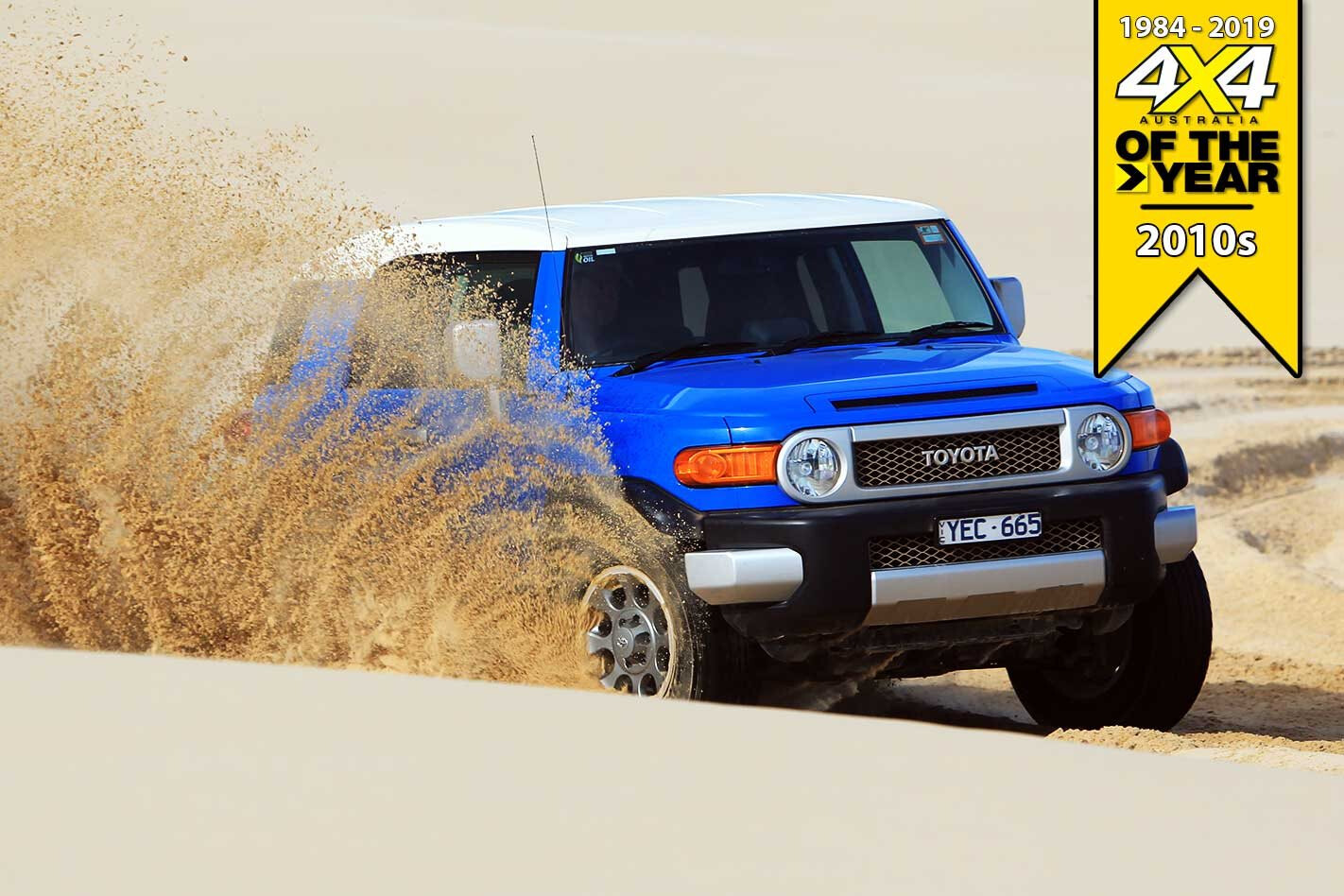 4x4OTY
4x4OTYPast 4x4OTY winners: 2010-2019
The last decade has seen the 4x4 world undergo a huge evolution.
-
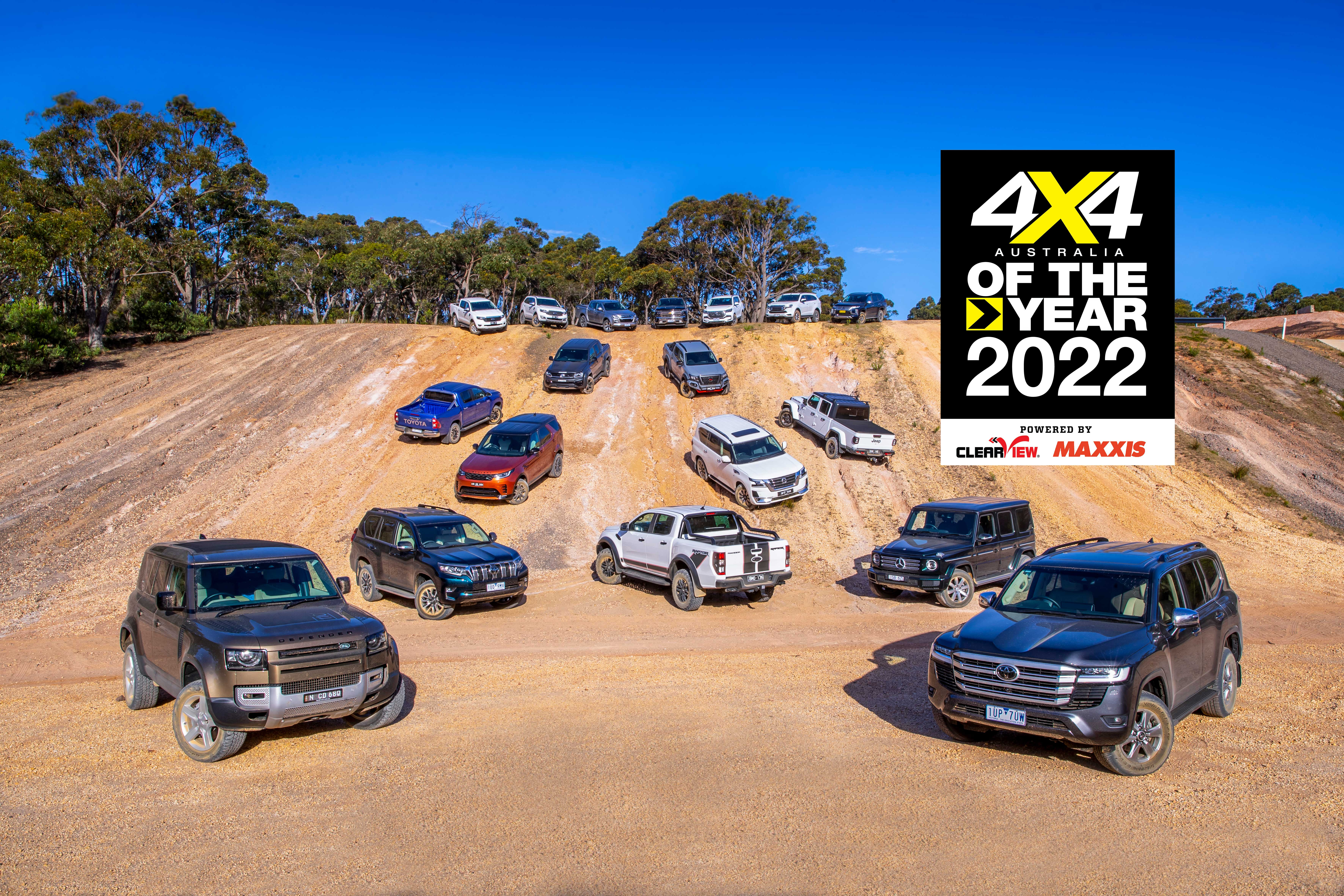 4x4OTY
4x4OTY2022 4X4 Of The Year: Introduction
A tsunami of off-road wagons and pick-ups fronted up for 4X4 Australia’s 4X4 Of The Year in 2022


